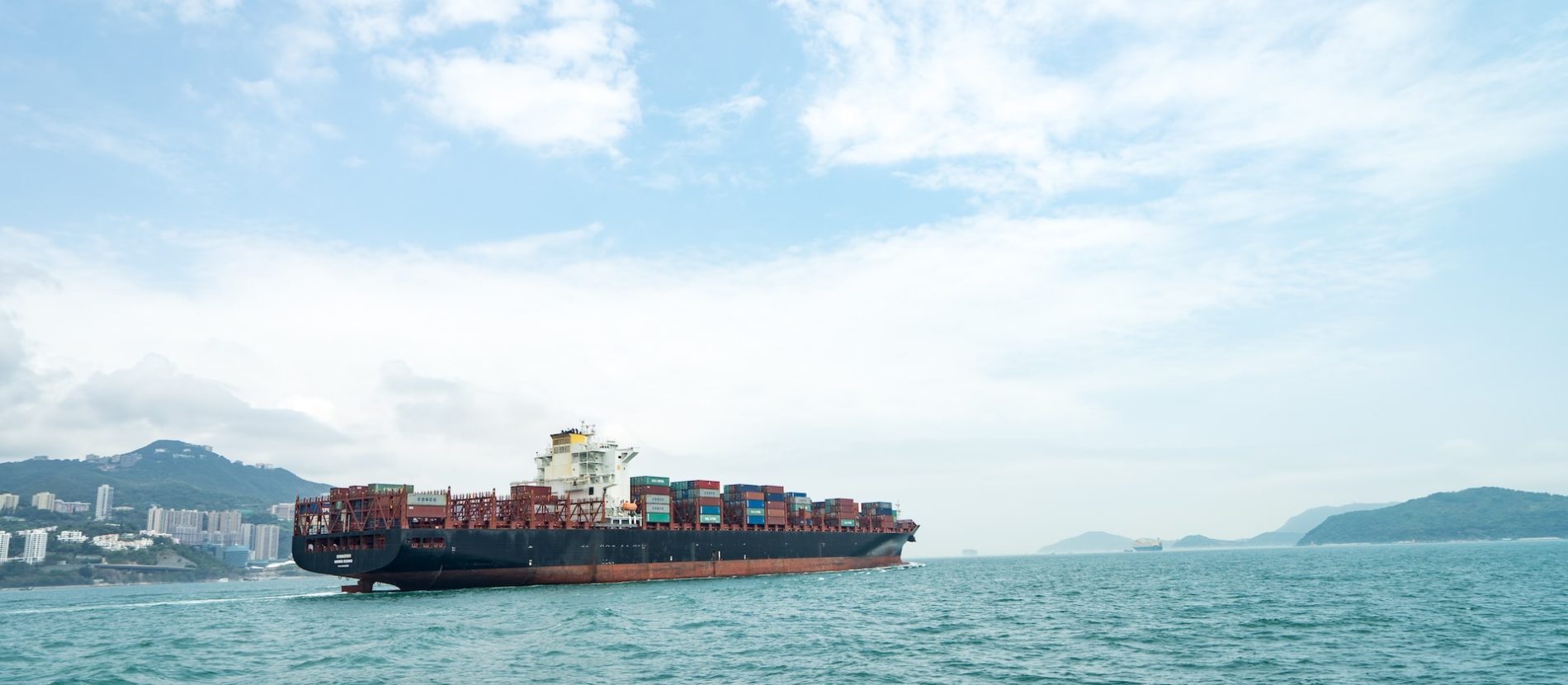To support European action to reduce GHG emissions from marine transport sector, the recently launched GREEN RAY project will develop three solutions to reduce methane slip –- from Liquified Natural Gas (LNG) in new and existing ships.
According to the project coordinator, Dr Kati Lehtoranta from VTT Technical Research Centre of Finland, the GREEN RAY technologies will reduce the methane slip from LNG vessels contributing directly to reduction of the total greenhouse gas emissions. This will increase the LNG fuel utilization in vessels and add also interest towards bio- and synthetic LNG to maximize the potential to climate neutrality.
Following the adoption of several International Maritime Organisation (IMO) regulations on emissions of nitrogen oxides (NOx) and sulphur oxides (SOx), the use of LNG has been on the rise. The pollution profile of LNG is favourable as compared to oil-based fuels, both in terms of particle emissions and NOx and SOx, thus improving overall air quality and reducing water and soil acidification. However, methane slip – the escape of methane not burned as fuel into the atmosphere – remains a considerable challenge that, in the context of increasing LNG use, threatens climate action goals, as methane has a global warming potential (GWP) 25 times that of CO2.
To ensure the sustainability of the gains in human and environmental health from the shift to LNG, the GREEN RAY consortium aims to tackle methane slip at all engine loads, thus reducing shipping-based GHG emissions and increasing fuel-efficiency.
The GREEN RAY project, three new technologies:
The project is focused on the LNG engine technology based on a low-pressure dual-fuel concept, which is the most popular in marine applications. To prevent methane slip the GREEN RAY consortium will develop two on-engine technologies and one after-treatment technology for existing vessels and new ships:
1. Four-stroke engine: this engine will aim to enable methane slip reduction at all engine loads and to be applicable to the largest engines in the market involving cruise, ferry and gas carriers.
2. Two-stroke engine: around a patented LNG injection system, this engine will aim to significantly reduce methane slip from e.g. tankers and container ships.
3. Sulphur resistant catalyst system: this system will significantly reduce methane slip emissions – up to 95% – and reduce the methane slip to less than 1g/kWh. This system will help shipowners to reduce their greenhouse gas emissions as demanded by the IMO.
The developed technologies will be demonstrated onboard two new ships and one retrofit to existing vessels, all of them targeting the Technology Readiness Level (TRL) 7: System prototype demonstration in operational environment.
The consortium will also contribute to climate data collection via the study methane levels to, which will allow for a more global assessment of GHG emissions from LNG marine fuel. The data collected will be combined with onboard experiments and modelling to provide a more comprehensive outlook of the climate impacts of marine transport.
About GREEN RAY
The GREEN RAY project aims at minimising methane slip from Liquified Natural Gas (LNG) vessels and reducing the environmental impact of maritime transport. Three technologies will be developed to install on LNG engines on both existing and new ships.
The project is coordinated by VTT Technical Research Centre of Finland and brings together partners from across the shipping value chain: Chantiers de l’Atlantique, CMA Ships, Wärtsilä, Shell, DNV, the Finnish Meteorological Institute, MSC Cruises Management, MSC Malta Shipyard Management, and REVOLVE communications agency.
The five-year project, starting in June 2022, has received a total grant of 7 million euros from the European Commission within the new Horizon Europe research and innovation programme addressing the topic of “Assessing and preventing methane slip from LNG engines in all conditions within both existing and new vessels (ZEWT Partnership)”, TOPIC ID: HORIZON-CL5-2021-D5-01-12.
Originally published in Marine Insight, July 2022.

